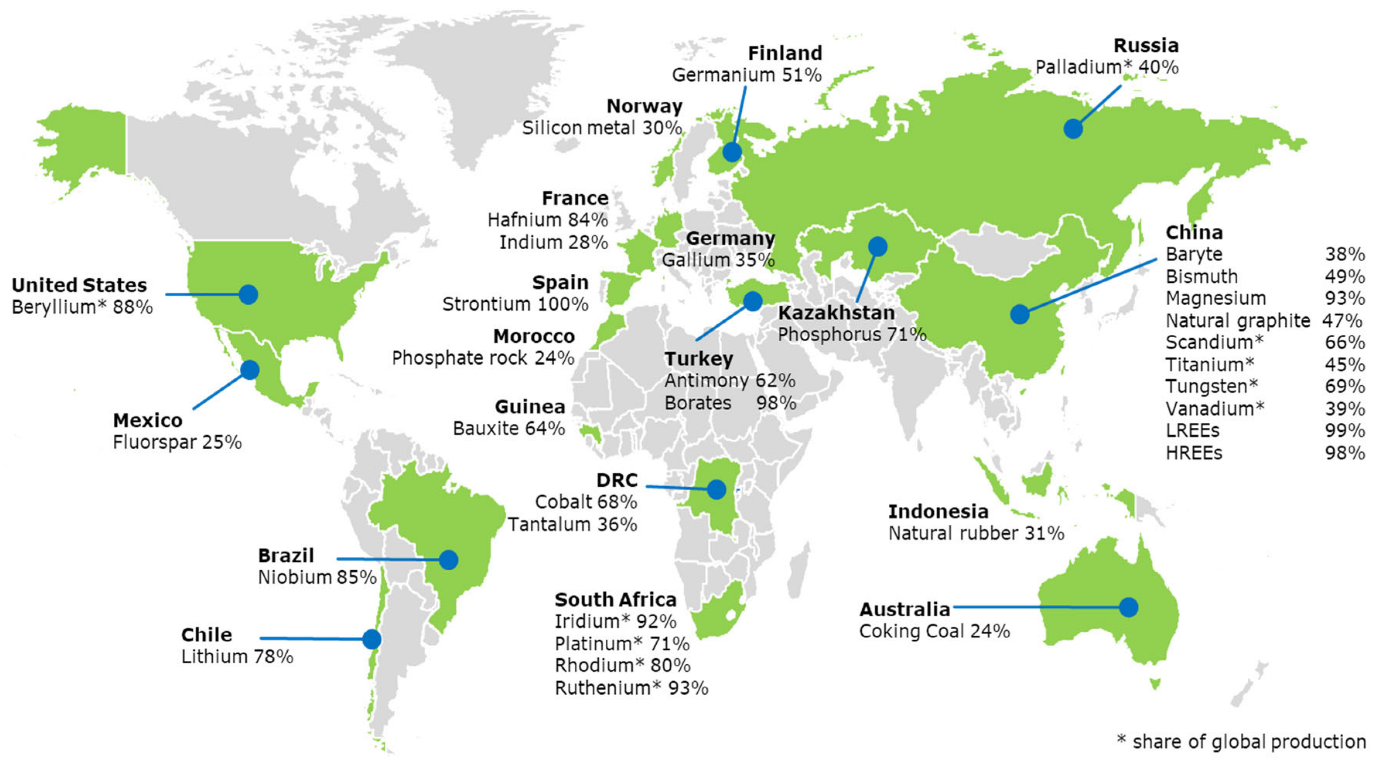Summary
How OpenAIs new shopping feature will fundamentally reshape customer experience expectations in ecommerce and retail.
Source: cmswire.com

AI News Q&A (Free Content)
Q1: What is conversational commerce and how does it integrate with current e-commerce platforms?
A1: Conversational commerce refers to e-commerce conducted through conversation using live support, chatbots, and voice assistants. It leverages technologies like natural language processing and artificial intelligence to enhance customer engagement and streamline the shopping process. This integration allows for a more personalized and interactive shopping experience on e-commerce platforms.
Q2: How does OpenAI's new shopping feature potentially reshape customer experience in retail?
A2: OpenAI's new shopping feature aims to enhance customer experience by incorporating AI-driven insights and conversational interfaces. This allows for more efficient customer interaction, personalized recommendations, and instant checkouts, ultimately streamlining the shopping process and increasing customer satisfaction.
Q3: What are the challenges of maintaining transparency and trust in conversational commerce?
A3: In conversational commerce, the lack of traditional filtering methods, such as facets, can make it difficult for customers to understand how their preferences are processed. This can lead to uncertainty and reduced trust. Addressing this requires innovative solutions like text-based digital assistants that explain how user inputs relate to product recommendations, thus improving transparency.
Q4: How has social commerce evolved, and what are its unique characteristics compared to traditional e-commerce?
A4: Social commerce has emerged as a platform where ordinary users sell products within their social networks. Unlike traditional e-commerce, it involves strong-tie relationships and economic transactions embedded in social interactions. It is characterized by rapid user growth through invitation cascades and high conversion rates driven by user proximity and loyalty.
Q5: What advancements in natural language processing are influencing the development of conversational commerce?
A5: Recent advancements in natural language processing and deep learning have significantly influenced conversational commerce. These technologies enable digital assistants to understand customer needs through natural conversations, improving product recommendations and enhancing user experience. They also facilitate the development of systems that provide transparency in how user inputs are processed.
Q6: What are the key benefits and potential drawbacks of implementing conversational commerce in the retail industry?
A6: The key benefits of conversational commerce include enhanced customer engagement, personalized shopping experiences, and streamlined purchase processes. However, potential drawbacks include challenges in maintaining transparency, ensuring data privacy, and the need for continuous technological updates to keep up with customer expectations.
Q7: How does the integration of AI in conversational commerce impact user purchase intentions?
A7: AI integration in conversational commerce impacts user purchase intentions by providing personalized recommendations and improving the overall shopping experience. AI-driven insights help in understanding customer preferences and tailoring product suggestions accordingly, thereby increasing the likelihood of conversion. However, it's crucial to ensure that AI systems are transparent to maintain user trust.
References:
- Conversational commerce
- Virtual assistant
- E-commerce
- When Your Friends Become Sellers: An Empirical Study of Social Commerce Site Beidian
- What Did I Say Again? Relating User Needs to Search Outcomes in Conversational Commerce





